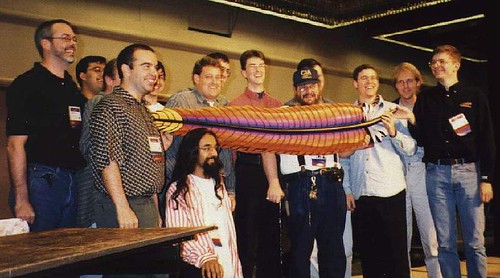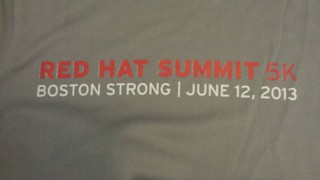Problem: Vanilla Forums sends out email on new messages and when a message has been commented on. The subject line is:
[Forum Name] rbowen started a discussion
or
[Forum Name] rbowen commented on your bookmarked discussion
Because the actual forum post title is missing, the chance of someone actually responding is pretty low.
So, I want to modify the subject line. However, Vanilla doesn’t provide a simple way to do this, so it is necessary to do this in a plugin.
After much monkeying around, I came up with the plugin which you can find at https://github.com/rbowen/VanillaMungeEmailSubject
At the moment, it only handles two scenarios – new discussion notification and replies to that discussion. However, since every activity type is clearly defined in the ActivityType table, it should be really easy to add more stuff going forward.
There’s also some changes that I’d like to make, but this was a scratch-an-itch solution, and, as so, it’s kind of rough, but I wanted to get it out there anyway. Please fork and send pull requests.




